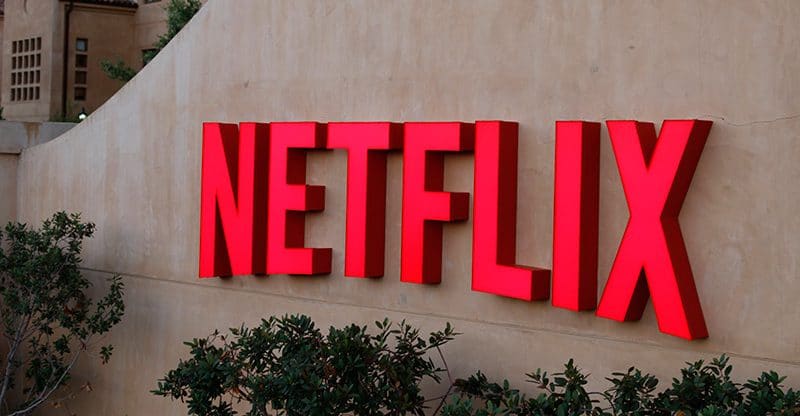Long-drawn efforts to stay away from the Indian Censorship Board to regulate content on OTT platforms have finally paid off. 15 OTT platforms operating in India, have come together to sign the ‘Universal Self-Regulation Code for OCCPs (Online Curated Content Providers)’, that will allow these platforms to self censor its content, without any interference from the government body, Variety reports.
This new self-regulation code has been created by the Internet and Mobile Association of India (IAMAI), which includes age classification, content description, parental control and a consumer complaint facility or internal committee and an advisory panel. The code specifically requires streaming services to set up an advisory panel of three members including an external advisor. A grievance mechanism has been established too to report non-compliance with the guidelines.
Netflix, Amazon Prime Video, Disney Plus Hotstar, Zee5, Viacom18’s Voot, ALTBalaji, Eros Now, MX Player, Discovery Plus, Jio Cinema, HoiChoi, Arre, Flickstree, Hungama and Shemaroo have signed the new Universal Self-Regulation Code for OCCPs.
Last year in January, an initial self-regulatory code was signed by some of the OTT platforms called the Code of ‘Best Practices for Online Curated Content Providers’.
IAMAI in a statement said, “The goal of this industry-wide effort is to empower consumers with information and tools to assist them in making an informed choice with regard to viewing decisions for them and their families, while at the same time, nurturing creativity and providing creators the freedom to tell the finest stories”.
Chairman of IAMAI’s digital entertainment committee and Zee5 CEO, Tarun Katial in a statement said, “The Universal Self-Regulation Code for OCCPs is built around a shared belief that consumer empowerment and creative excellence are key to the long-term success of the Indian entertainment industry. With the Framework for Age Classification, Content Descriptions and parental controls in combination with a grievance redressal system, we’ve made it easier for consumers to make the right viewing decisions for themselves and their families”.
Many OTT platforms have been on the receiving end of harsh criticism from the BJP led government for promoting contents that were critical of the ruling party and ‘incited hatred towards particular religious beliefs’. However, the central government has still been trying to push for self-censorship as opposed to government regulation, to save artistic integrity. It is just a matter of time before we see if the new code put in place will fulfill its goal and give more freedom of creativity to these platforms or become a tool to impose biases.
The Tech Portal is published by Blue Box Media Private Limited. Our investors have no influence over our reporting. Read our full Ownership and Funding Disclosure →






